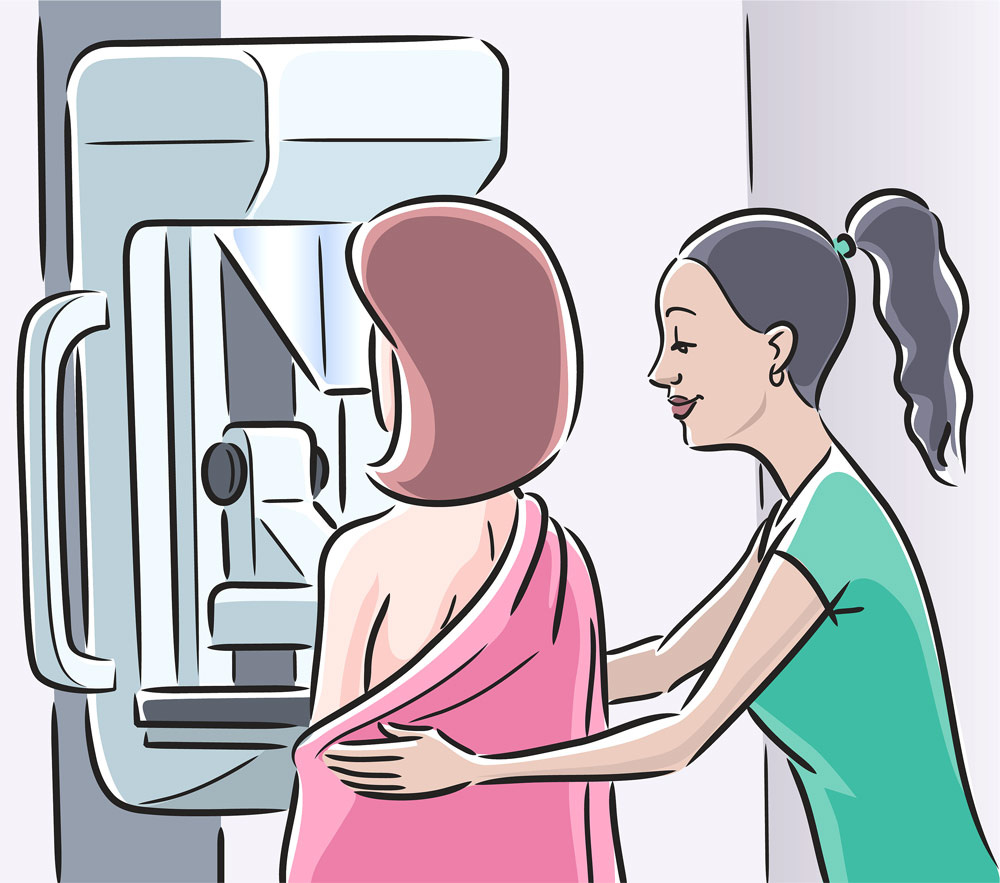Breast cancer is a popular type of cancer that develops in the cells of breasts. This is the most common form of cancer, after skin cancer, which is diagnosed in women. Breast cancer can develop in men and women alike, but mostly it is found in women.
Medical tests and breast cancer go hand-in-hand, irrespective of whether you have never had this cancer and intend on getting detected early, or you have just been diagnosed, or if you are in the middle of treatments and follow-up. This cancer is often diagnosed after symptoms emerge, but most women having breast cancer do not exhibit any symptoms. This is why it is important to undergo breast cancer screening in the best onco pathology Lab in Hooghly regularly.
1. Mammogram
This is a type of x-ray meant for the breasts. These X-rays utilize high energy rays in order to capture pictures of the internal parts of the body.
You might be prescribed to undergo a mammogram in case of:
- A lump felt in the breasts
- Changes of skin around the breast
- Blood or other discharge from the nipple
- Any other changes in the breast
2. Breast ultrasound
This type of ultrasound scan in Pathology labs in uttarpara utilizes sound waves to produce a picture of your breast tissue. It is mostly used to identify breast cancer and other types of breast conditions.
You might be prescribed this ultrasound if:
- You develop a lump in your breast
- If you feel a lump in the breast that did not show up in the mammogram (breast x-ray)
- To detect if the breast lump contains fluid or if it is solid (a cyst)
3. Fine needle aspiration
Fine needle aspiration is a process in which a sample of cells is collected from the tissues of the breast. The doctor uses a syringe and a fine needle to collect the cells. These samples are then observed under the microscope.
4. Needle biopsy
This type of biopsy of the breast involves collecting a tiny sample of cells from the tissue of the breast. The nurse or the pathologists in Diagnostic centers in uttarpara collect the sample by using a hollow needle. These samples are then detected under the microscope. This helps to reveal if there is a risk of cancer or some other type of health condition like ductal carcinoma in situ (DCIS).






